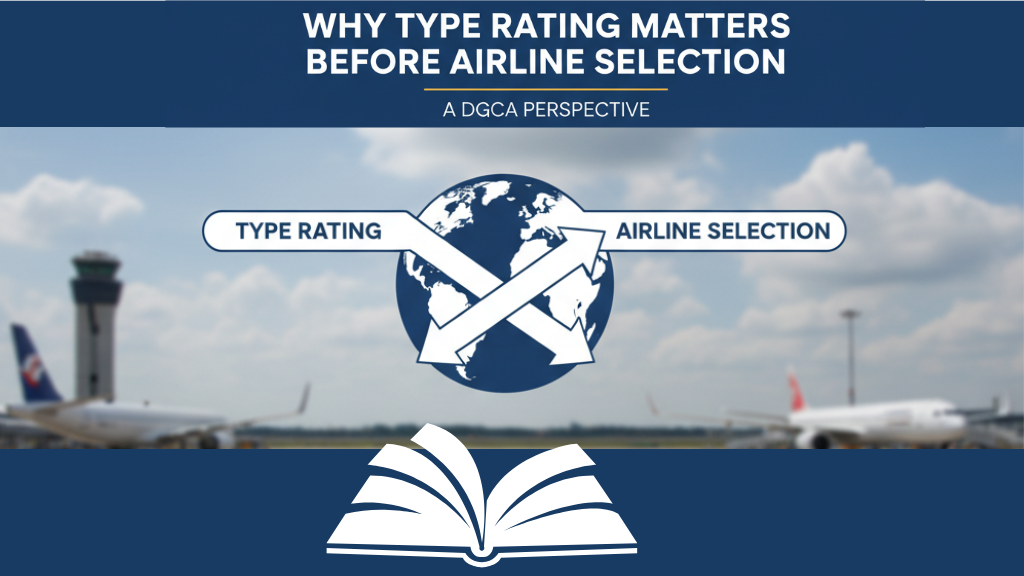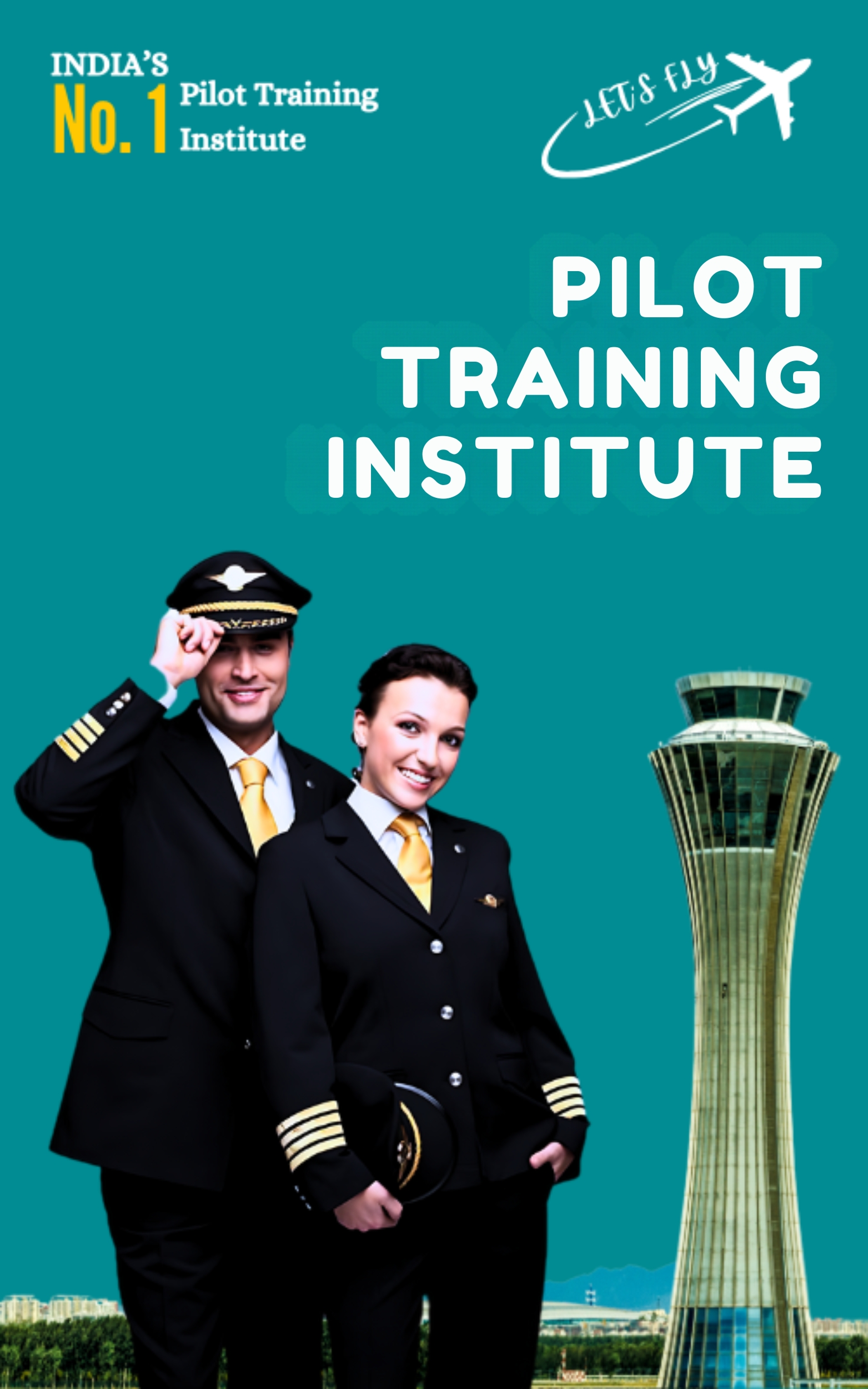Why Type Rating Matters Before Airline Selection: A DGCA Perspective
If you’ve just earned your CPL (Commercial Pilot Licence), the next big step in your aviation career is joining an airline. But there’s one crucial bridge between your licence and that airline cockpit seat — Type Rating.
It’s a phrase every aspiring airline pilot in India hears often, yet not everyone fully understands why it’s so important or what the Directorate General of Civil Aviation (DGCA) expects from it. Let’s break it down clearly, from a DGCA and career perspective.
What Is Type Rating?
In simple terms, Type Rating is a specialized training that qualifies a pilot to fly a specific aircraft type — say an Airbus A320, Boeing 737, or ATR 72.
While your CPL gives you the licence to fly, it doesn’t make you eligible to operate large commercial airliners. Each complex aircraft type has its own systems, engines, and procedures. Hence, DGCA mandates a separate endorsement for each.
For example, if you’re trained and rated on the A320, you cannot act as the Pilot-in-Command or Co-pilot of a Boeing 737 on a commercial airline under DGCA licensing unless you hold the valid Type Rating for that aircraft type
DGCA’s Role and Regulations
The DGCA (Directorate General of Civil Aviation) is the aviation regulator of India that guarantees the pilots to conform to the international safety and training standards before flying commercially.
According to the CAR (Civil Aviation Requirement) Section 7, Series B, Part I, no pilot may operate as Pilot-in-Command or Co-pilot of a particular aircraft unless he/she possesses a valid Type Rating for that aircraft.
The above indicates that DGAClies approve:
- The training organization offering the Type Rating course (TRTO)
- The simulator facility and instructors
- The assessment and check processes prior to endorsement
The DGCA provides a Type Rating endorsement only after the pilot has successfully undergone the ground and simulator training, and a skill test has been conducted by a DGCA-approved examiner.
Why Type Rating Matters Before Airline Selection
- Airlines Prefer Type-Rated Pilots
Airlines in India often prioritize candidates who already hold a valid Type Rating, especially on popular aircraft like the Airbus A320 or Boeing 737.
Why? Because it saves them time and money. Training a fresh CPL holder from scratch can take months and cost lakhs of rupees. A type-rated pilot can be line-ready much faster.
So, if you’re competing for a job, a valid Type Rating gives you a clear edge. Many airlines even mention “A320 Type Rating priorities” or “737NG Rated pilots only” for recruitment.
- It Proves You’re Professionally Ready
Acquiring Type Rating is a sign of your commitment to the aviation industry. The curriculum is tough – aircraft systems, performance, flight laws, emergency procedures, and simulator hours that imitate real airline operations are all included.
The whole thing changes your status to that of a professional pilot from just a CPL holder.
Upon completion, you can handle situations from engine failures to crosswind landings in a full-motion simulator with great skill.
- DGCA Standards = Global Recognition
A Type Rating approved by DGCA is not only valid in India but it also has international recognition.
The reason being Since India’s DGCA standards align with ICAO norms, international authorities may be more amenable to converting/validating an Indian Type Rating — but this depends on each country’s regulations.Thus, if you ever fly to a foreign country, your Type Rating can frequently be converted or validated without much hassle.
To sum up, it is a universally acknowledged credential that makes your aviation career more attractive.
- Better Chances in Cadet and Direct Entry Programs
IndiGo, Air India Express, Akasa Air, and Vistara are among the airlines that typically hire through Cadet Pilot or Direct Entry programs. Usually, the cadet programs include Type Rating, but the direct-entry vacancies prefer pilots who have undertaken it already.
If you are already type-rated and satisfy the DGCA flight hour prerequisites, you can immediately appear for the airline assessments — cutting off months of waiting and training dependency.
- You Learn Airline-Standard Operations Early
A CPL course teaches you to fly, but a Type Rating trains you to operate.
That’s a big difference.
In your Type Rating, you’ll get exposure to airline SOPs (Standard Operating Procedures), multi-crew coordination, cockpit resource management, and emergency handling. These are skills you’ll use daily in an airline cockpit.



